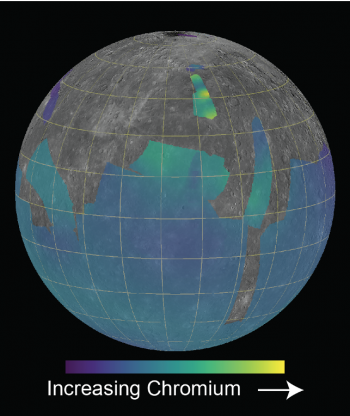
The origin of Mercury, the closest planet to the sun, is mysterious in many ways. It has a metallic core, like Earth, but its core makes up a much larger fraction of its volume—85% compared to 15% for Earth.
The NASA Discovery-class MESSENGER (Mercury Surface, Space Environment, Geochemistry and Ranging) mission, and first spacecraft to orbit Mercury, captured measurements revealing that the planet also strongly differs chemically from Earth. Mercury has relatively less oxygen, indicating that it formed from different building blocks in the early solar system. However, it has proven difficult to precisely pin down Mercury’s oxidation state from available data.
In a new st...
Read More









Recent Comments